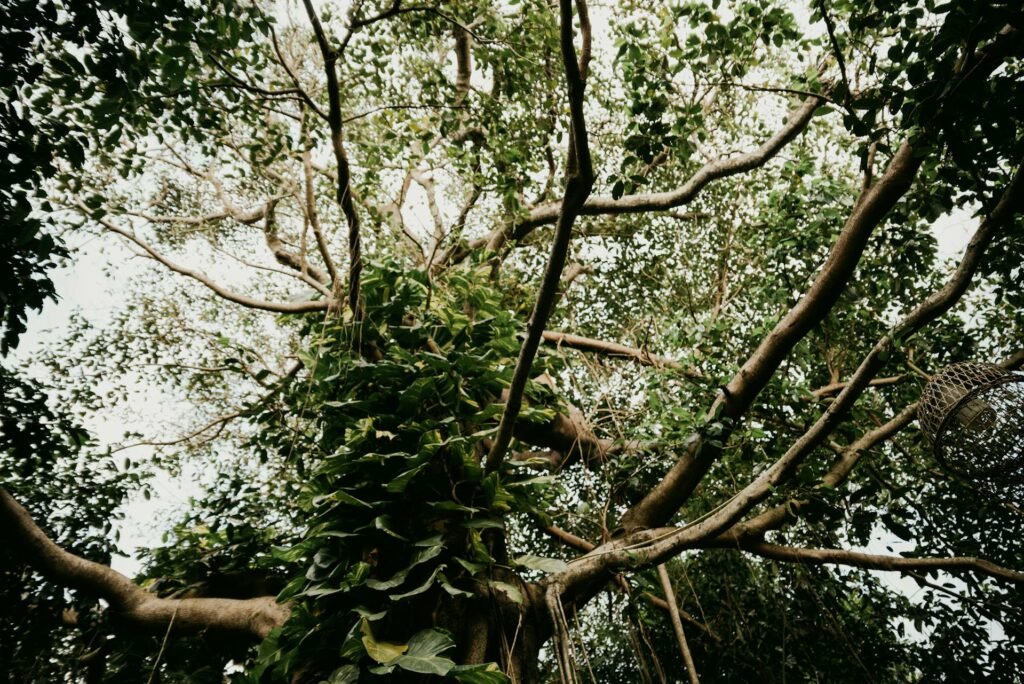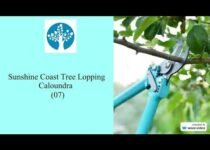The Best Practices for Tree Removal and Replacement
Trees are not only essential for the environment but also contribute significantly to the aesthetic appeal of our surroundings. However, there are instances when tree removal becomes necessary, whether due to disease, safety concerns, or landscaping requirements. In such cases, it’s crucial to follow best practices to ensure a seamless process and, whenever possible, replace the removed tree with a suitable alternative. This article delves into the best practices for tree removal and replacement to promote responsible and sustainable arboriculture.

Best Practices for Tree Removal
Assessment and Planning
Before any tree removal takes place, a thorough assessment is essential. Engage the services of a certified arborist to evaluate the tree’s health, structural integrity, and potential risks. The assessment will help determine whether removal is the only viable option and aid in developing a strategic plan for the process.
Professional Expertise
While DIY projects can be satisfying, tree removal is not one of them. Hiring a professional tree removal service ensures the job is done safely and efficiently. Trained arborists possess the expertise to handle various tree sizes and types, reducing the risk of accidents and property damage.
Safety First
Safety should be the top priority during tree removal. Establish a clear work zone, use appropriate safety gear, and follow industry-standard protocols. Professionals should utilize safety harnesses, helmets, and proper cutting techniques to minimize the risk of injuries.
Equipment and Tools
Using the right equipment is crucial for a successful tree removal. Professionals typically use chainsaws, cranes, and other specialized tools to efficiently and safely bring down trees. Regular maintenance and calibration of equipment are essential to ensure optimal performance.
Environmental Considerations
During tree removal, it’s important to consider the impact on the surrounding environment. Professionals should take precautions to protect nearby plants, structures, and wildlife habitats. Additionally, efforts should be made to minimize the disruption of soil and vegetation.
Best Practices for Tree Replacement
Choose the Right Species
When replacing a removed tree, select a species that is well-suited to the local climate, soil conditions, and available space. Consider factors such as growth rate, mature size, and maintenance requirements to ensure the new tree thrives in its environment.
Proper Planting Techniques
Planting a new tree correctly is crucial for its long-term health and stability. Dig a wide and shallow planting hole, ensuring the root flare is at ground level. Mulch the base of the tree to conserve moisture and regulate soil temperature.
Watering and Care
Newly planted trees require adequate watering to establish their root systems. Follow a watering schedule based on the tree species and environmental conditions. Regularly inspect the tree for signs of stress or disease and address issues promptly.
Maintenance and Pruning
Pruning is essential for shaping the tree, removing dead or diseased branches, and promoting healthy growth. Establish a regular maintenance schedule to monitor the tree’s development and address any issues before they become significant.
Consideration for Space and Surroundings
Take into account the available space and surroundings when planting a new tree. Avoid planting near utility lines, structures, or other trees that may hinder its growth. Consider the tree’s mature size to prevent overcrowding in the future.
Tree removal is a decision that should not be taken lightly, and when it becomes necessary, it’s important to follow best practices to ensure a smooth process. Professional assessment, adherence to safety protocols, and responsible environmental practices are paramount. Moreover, replacing a removed tree with a suitable alternative is a positive step towards maintaining and enhancing the ecological balance of our surroundings. By choosing the right species and following proper planting and care techniques, we contribute to the longevity and beauty of our urban and suburban landscapes. Remember, responsible tree management is not just about removal; it’s about thoughtful replacement and the preservation of our green heritage.


